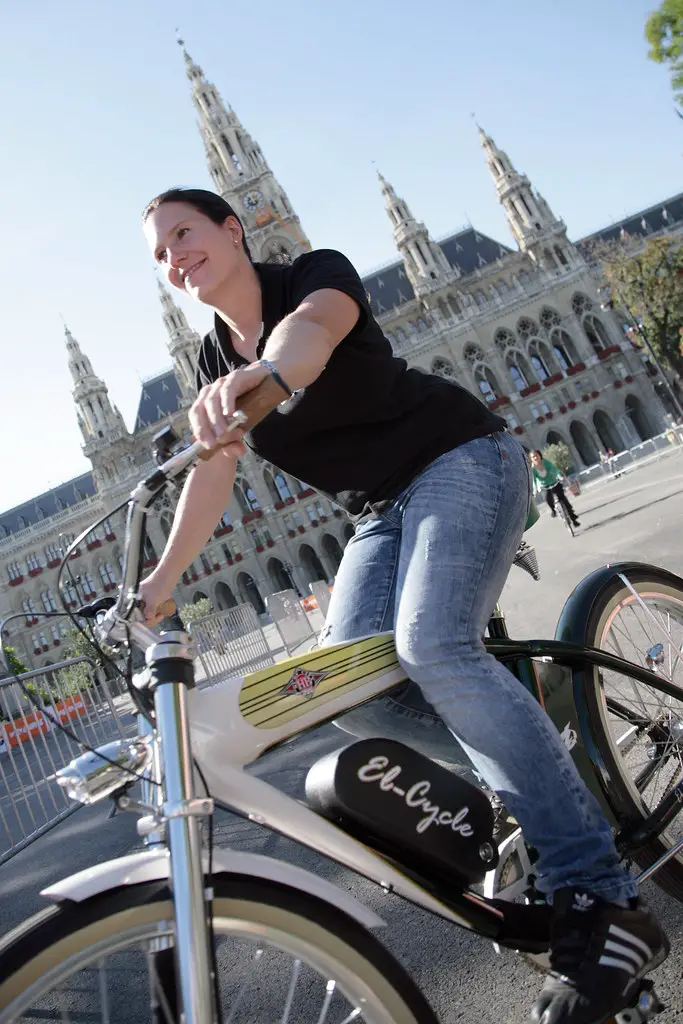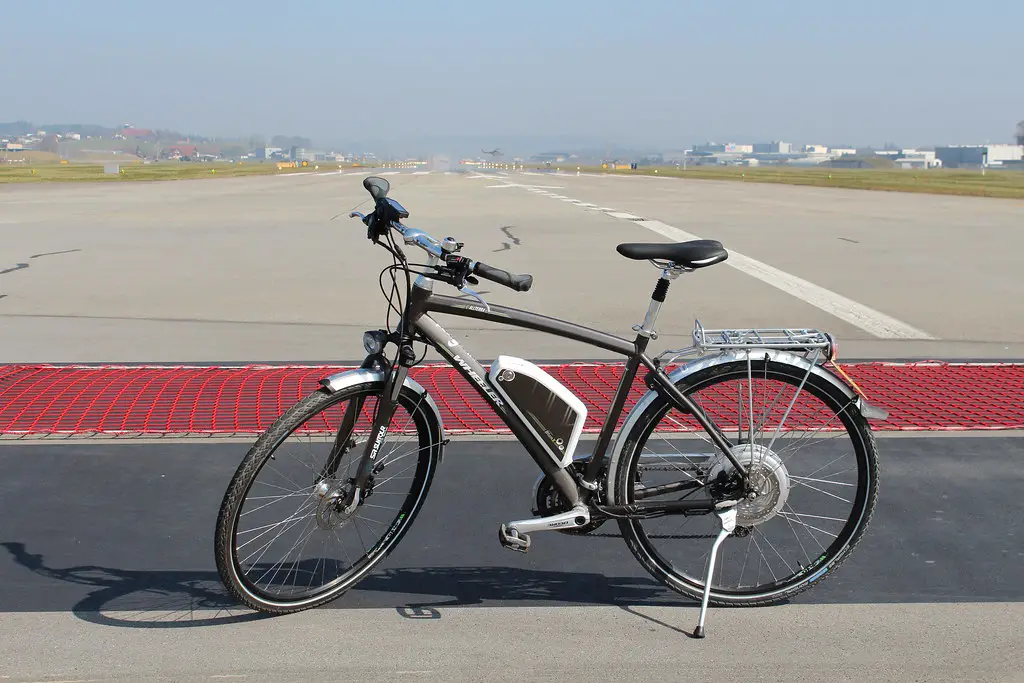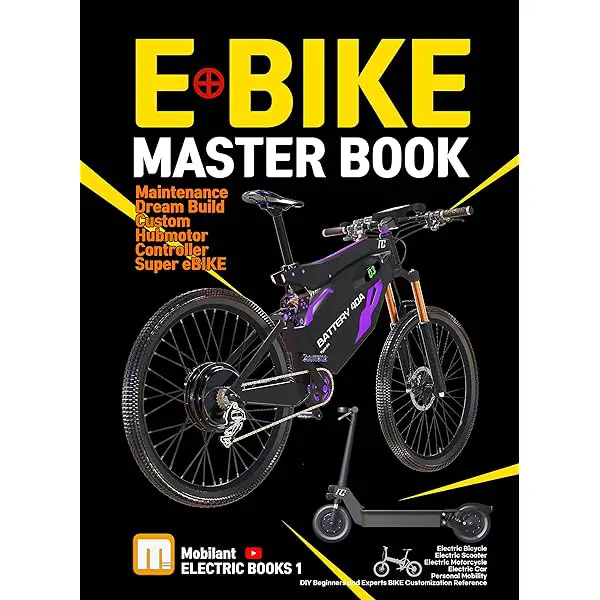Mastering Your E-Bike Controller: Cyclist’s Guide to Efficient Use
With the growth of electric bikes (e-bikes) as a popular choice for both commuting and leisure riding, mastering the technology that powers them has become integral to the cycling experience. The e-bike controller, the gadget often mounted on the handlebar, offers a universe of possibilities to enhance your ride. However, to truly leverage the potential of your electric steed, you need to understand and fine-tune how to use this central command center effectively.
This comprehensive guide is tailor-made to demystify the e-bike controller for enthusiasts at every level. From the basics of e-bike controller functions to the more advanced customization options, this post will empower you to ride smarter, conserve energy, and take your cycling to the next level.

Understanding Your E-Bike Controller
Before you can master your e-bike controller, you need to know what it can do. E-bike controllers manage the electric motor’s output, ensuring a smooth and responsive ride. But their functions go beyond this primary role:
What Does An E-Bike Controller Do?
At its core, an e-bike controller regulates the amount of power flowing from the battery to the motor. It allows riders to adjust the level of assistance, control the speed, and oftentimes incorporates safety features such as a throttle limiter, walk-assist modes, and user interface for diagnostics.
Types of E-Bike Controllers
There are two main types of e-bike controllers — pedal-assist (PAS) and throttle. PAS systems engage the motor when the rider pedals, with the strength of the motor being controlled by the set assistance level. Throttle systems can be engaged with the push of a button or twist of the handle to provide motor assistance irrespective of your pedaling.
Features to Look for in an E-Bike Controller
Whether you’re starting fresh with a new e-bike or you’re looking to upgrade, it’s crucial to understand what the controller can offer:
- LCD Display: A clear and detailed display that shows battery level, assistance mode, speed, distance, and sometimes even a smartphone connection or GPS.
- Water Resistance: Look for a controller that is rated to withstand typical cycling conditions, including light rain.
- Multiple Assistance Modes: The more options you have, the more tailored your ride can be. Common modes include eco, normal, and sport, each offering different levels of assistance.
- USB Port: This feature is becoming increasingly common, allowing you to charge your phone or other devices on the go.

Efficient Use Techniques
To get the most out of your e-bike and extend your range, it’s important to adopt efficient riding techniques and utilize your controller’s features to their fullest potential. Here’s how:
Optimizing Battery Usage
The battery is the lifeblood of your e-bike. To make the most of it:
- Monitor Your Usage: Regularly check how much battery you’re using per ride. Use the data to adjust your riding style and assistance levels.
- Use Lower Assist Levels: Eco and lower assistance levels significantly extend battery life. Save higher levels for strong headwinds or steep inclines.
- Stay in the Saddle Longer: The more you pedal, the less you use the motor. Even small efforts can make a big difference in battery consumption.
Pedal-Assist Modes for Different Terrains
The right assistance level can make all the difference:
- Eco for the City: Use the lowest assistance mode in urban environments with flat terrain to conserve energy without sacrificing speed.
- Kick It Up a Notch: When faced with hills, switch to a higher pedal-assist level to maintain an efficient and comfortable pace.
- Sport for Speed: If you crave speed on a straight and clear route, sport mode can offer a thrilling ride without draining your battery too quickly.
Regenerative Braking Benefits and Techniques
Some e-bikes come with regenerative braking that can convert braking energy back into your battery. To utilize this effectively:
- Brake Mindfully: Anticipate your stops, and use regenerative braking to slow down without using traditional brakes, particularly on descents.
- Adjust for Efficiency: Most e-bike controllers offer the ability to adjust the strength of regenerative braking. Find the level that both effectively slows you down and maximizes recharging.
- Maximize Range: On long rides, regenerative braking can add a few extra miles to your range, making it a valuable feature for the eco-conscious cyclist.
Maintenance and Troubleshooting
A well-maintained e-bike controller ensures longevity and performance. Here’s how to keep it in top shape:
Controller Maintenance Tips
- Keep It Clean: Regularly wipe your e-bike controller with a damp cloth to remove dirt and grime that can interfere with its operation.
- Protect Electrical Connections: Ensure all connections are secure and add dielectric grease to prevent corrosion.
- Check for Damage: If your controller is exposed and not integrated into the bike frame, make sure there are no visible signs of wear or damage.
Troubleshooting Common E-Bike Controller Issues
If you encounter problems with your controller, these steps can help you identify and solve the issue:
- Check the Basics: Ensure the bike is turned on, the battery is charged, and all connections are secure.
- Diagnostic Display Codes: Refer to your e-bike’s user manual for any codes or warning messages and their explanations.
- Professional Assessment: If you’re unable to resolve the issue, it may be time to seek the help of a professional e-bike technician.
Advanced Features and Customization
For those who want to dig deeper into their e-bike’s capabilities, there are advanced settings and customization options worth exploring:
Exploring Advanced E-Bike Controller Settings
- Power Curve Adjustment: Some controllers allow you to adjust the power delivery curve. A flatter curve can be more comfortable and mimic the sensation of riding a traditional bike.
- Throttle Response: Fine-tuning your throttle’s sensitivity can make for a more intuitive and controlled riding experience.
- Maximum Speed Limiters: If your local regulations require a specific maximum speed, or you want to adhere to a club’s policies, this is a feature to pay attention to.
Customizing Your Ride
- Upgrading the Controller: For those looking for more power or a smoother ride, you may consider upgrading your controller. Always check compatibility with your e-bike model before making any changes.
- Aftermarket Add-Ons: There’s a whole ecosystem of aftermarket e-bike gadgets, from phone holders to custom hand grips, that can either integrate or work alongside your e-bike controller to enhance your experience.
Conclusion
An e-bike controller is more than just a switch to turn on your motor; it’s the key to a smarter, more enjoyable cycling experience. By learning and applying the tips and techniques in this guide, you’ll be well on your way to becoming a master of your e-bike’s electronic brain. Remember, efficiency and customization are the cornerstones of enhanced e-bike use. Keep tweaking, keep riding, and enjoy the electric revolution on two wheels!






